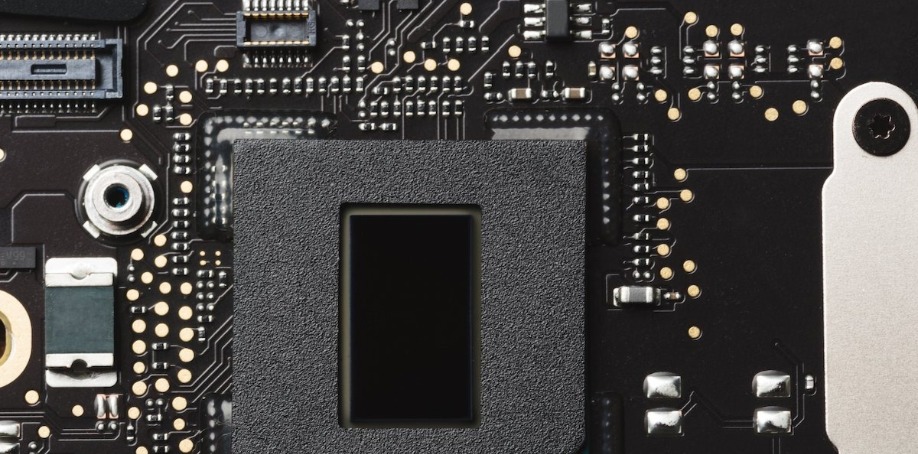
AV over IP is quickly becoming the standard across many industries. Digital signage, wayfinding, broadcasting and videoconferencing are just a few applications being transformed by IP-based deployments, according to Greg Aradjan and Diana Hagan at AVNetwork.
This doesn't mean everyone is completely sold on AV over IP, though. In particular, IT departments tend to have concerns and reservations when it comes to this technology.
Most of these concerns, while valid, come from a place of either outdated information or just plain misunderstanding. In fact, there are many unique benefits AV over IP can provide for IT departments.
We'd like to take a moment to address, debunk or resolve common AV over IP concerns, and explain the benefits of this technology.
Concerns About AV Over IP
When it comes to reservations or wariness about adopting a networked AV solution, IT departments usually cite the same concerns. The main consideration? Security.
“Unauthorized access to AV resources could impact confidentiality, privacy, integrity, availability, and the entire IT network,” HB Communications notes.
Especially for industries that regularly deal with confidential information, this could be a major concern, and it isn't one that should be overlooked.
Even companies that aren't regularly dealing with confidential information should care about security. Compromising your network is never a good thing, and you should strive to avoid security breaches at all costs.
Bandwidth is another concern. Many buildings are equipped with gigabit ethernet, David Meyer of Hidden Wires points out. However, uncompressed video streams may demand much higher amounts of bandwidth.
Because of this, many IT departments are wary of taking on networked AV. They'd rather stick to traditional systems they're familiar with, even at the risk of limiting their options or ignoring exciting new features.
Finally, many IT departments worry about usability. They might be wary to new systems due to the high learning curve, for example. Training employees can be both costly and time-consuming. Plus, they're likely already comfortable with the current system.
All of these concerns come from valid places. However, most of them are based on a misunderstanding of what modern networked AV looks like. With the technology currently available on the market, most of these concerns can either be mitigated or solved entirely.

The Case for AV Over IP
With a tight security policy in place, AV over IP systems don't have to be scary.
Sensory Technologies agrees. “Defenses such as encryption codes, passwords, firewalls and administrative authorization are all part of the growing list of protections that enhance the security of companies using cloud and networked services.” They also note certain AV over IP systems can have even more security than traditional systems.
When a bit of planning is involved, security is no longer a concern for networked AV.
As for bandwidth concerns, these arose because earlier AV over IP solutions used a lot of bandwidth when connecting to the web and other applications. This made them less efficient and difficult to use.
But modern AV over IP products don't need many steps to connect, Samuel Recine of Matrox Graphics says. Modern encoders are more than sufficient when it comes to dealing with bandwidth.
When necessary, some may suggest compressing the signal when using networked solutions. “When you're lighter on the wire, you have more options and less hassles,” Miravue founder Robert Bishop says. Upgrading the network is also an option.
Though some IT teams fear usability, it's actually one of the biggest benefits of AV over IP, Mike Pederson notes. “IT teams tend to have a lot of control over AV specifications and integrations. With AV over IP, we use the same technology, terminology, and protocols for a more integrated, seamless solution.”
The AV over IP learning curve is based in technology IT departments already know. Because of this, learning the new system is more than worth it. Plus, these similar foundations make it easy for IT teams to grow, adapt and move their organization.
During implementation, there are a few things you can do to ensure system efficiency. These include checking Wi-Fi coverage, conducting a ping test and checking network speed, Mersive Technologies notes. These practices can ensure IT departments don't run into any issues when interacting with the new system.

How IT Departments Benefit From AV Over IP
Far from being something that just brings challenges to overcome, AV over IP actually has a number of benefits for IT departments.
AV over IP helps IT professionals manage their AV network via switch technology, which they're already comfortable with, Liberty AV Solutions notes. Plus, they won't have to worry about additional expansions because growth is easy.
This can be a relief for IT departments faced with intense demands and industry changes. It will allow them to expand without worrying about added cost or difficult technological onboarding. AV over IP also helps IT teams stay ahead because it's extremely versatile, Commercial Integrator notes.
Adapting to the Growth of AV Over IP
Things in the AV over IP world are far from perfect, according to WyreStorm product manager James Meredith. In particular, he notes there is lack of communication between the industry and its customers. Because this leads to customers not understanding the full requirements of shifting to AV over IP, this poses a significant challenge.
This kind of thinking can also apply to IT departments. The right AV integrator will be working with IT from the very beginning, making sure to keep lines of communication open and active as solutions are developed, implemented and used.
This will ensure IT departments get the support they need when implementing networked AV, leading to a smooth transition experience.
This sort of thinking is essential. Information Age editor Nick Ismail notes IT accepting networked AV is a matter of when, not if. “The rapid expansion of networked AV technologies means IT and AV departments are inevitably moving closer to one another, sharing a common infrastructure in order to accomplish their goals.”
Networked AV doesn't have to be the enemy of IT departments. When everyone works together, it leads to a more robust AV system. Both integrators and IT departments themselves owe it to each other to reach out and make this convergence a reality.
And any IT departments that are skeptical of AV over IP being a long-term solution should rethink their position. “HDBaseT seemed like it was a technology that was on its way out, but maybe we're all wrong about that,” Paul Harris, CEO of Aurora Multimedia says.
Images by: Trang Doan, Matthew Henry, Burst


